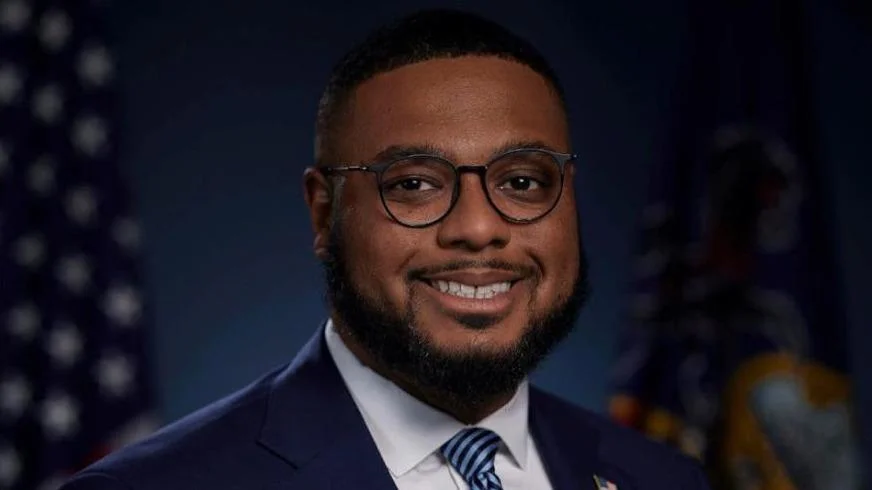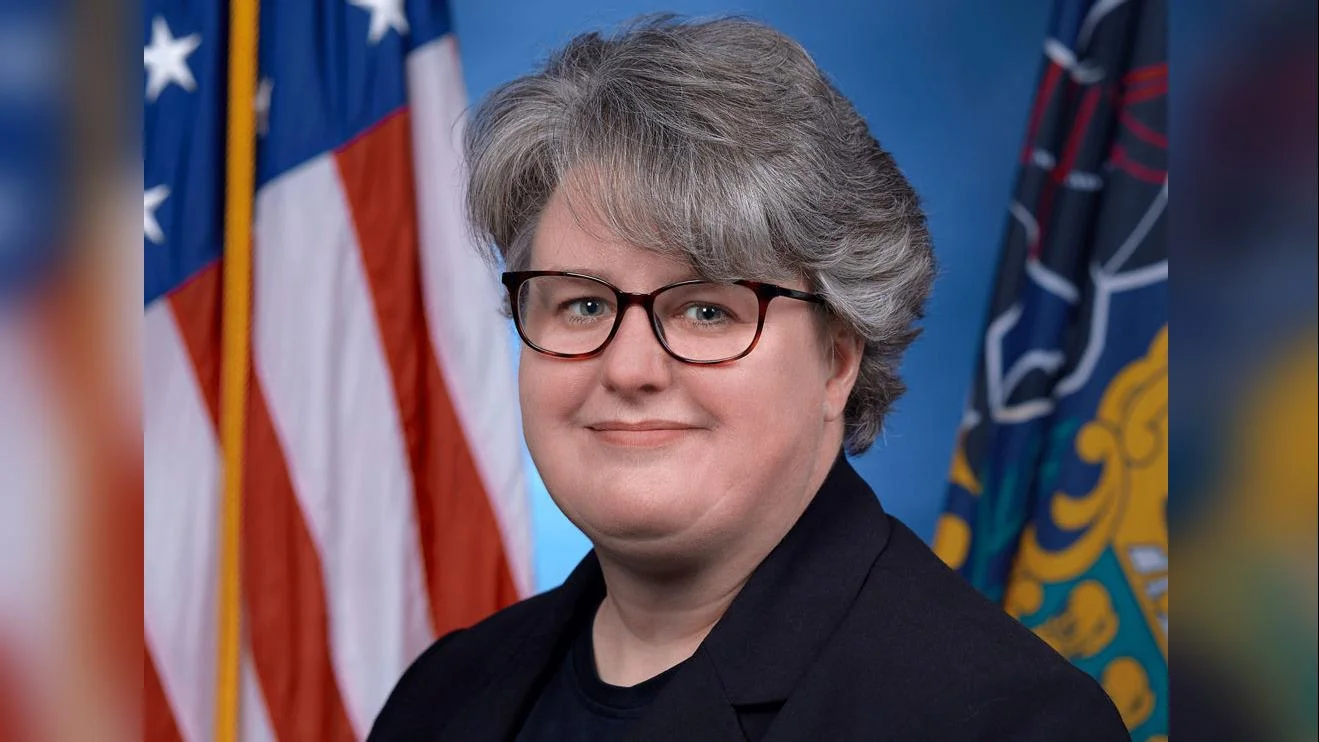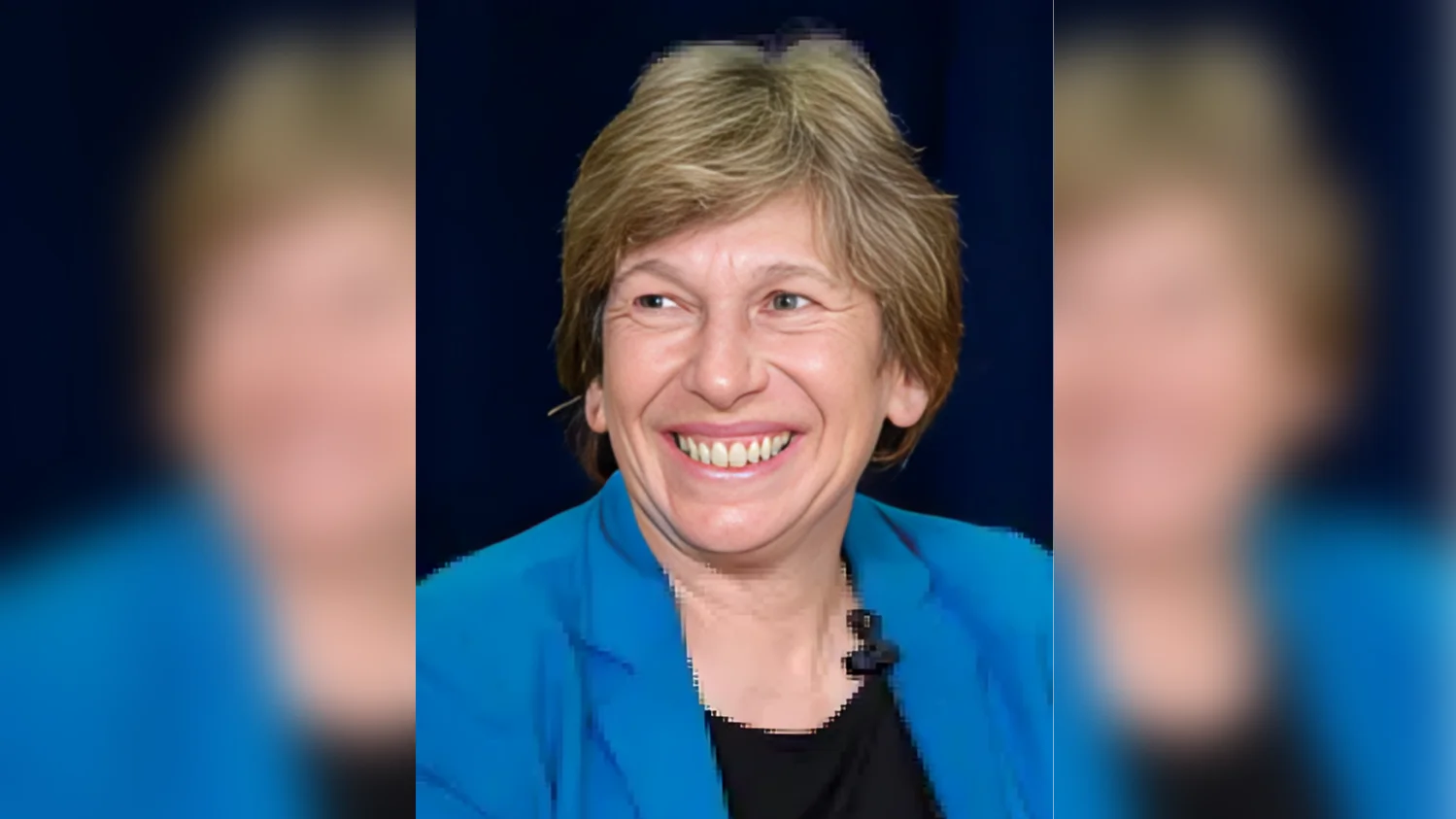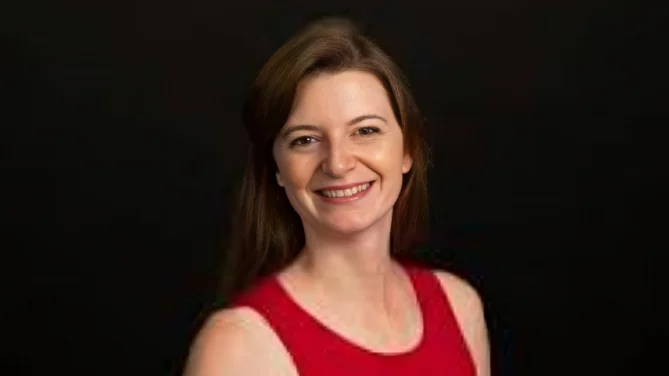
Elizabeth “Betsy” Corcoran, Co-founder and CEO | EdSurge Research
Each year, the Los Angeles Latino International Film Festival features a unique group of filmmakers who are still in school and need parental permission to attend their own premieres. These students participate in the Youth Cinema Project (YCP), an initiative of the Latino Film Institute that brings filmmaking into classrooms for fifth through 12th graders across 16 California school districts.
Axel Caballero, director of the Youth Cinema Project, explains that the main purpose is not necessarily to create future filmmakers but to help students develop essential skills for both academic and real-world success. The program involves about 2,000 students each year. “They're guided through that process of being able to see what the written word could then become in a visual manner,” Caballero says. “That includes everything from character development to conflict and the act structure, to how you're going to shoot something and think about it ahead of time, what's good storytelling versus not good storytelling. One thing is to read it on paper, and the other thing is, will that be conveyed in a visual manner to the person watching the short?”
Caballero notes that hands-on activities such as writing scripts, directing films, and working collaboratively have led to noticeable improvements in test scores and social skills among participants. He reports that schools have seen test scores rise by 10 percent to 30 percent for students involved with YCP because they become more engaged in class discussions.
The project also supports language learners. According to Caballero, some districts observe students progressing out of English as a Second Language classes at a faster rate after participating in YCP. “We’re seeing as kids advance at a much quicker pace, at least that’s what some of the districts and classes are reporting,” he says. “That they begin performing or assessing their language skills and tests at a much higher level after YCP. Again, all the things combined — from storytelling techniques to social-emotional learning to a collaborative environment — [play] into that.”
At Dos Caminos Dual Immersion School, where seventh graders must increase their Spanish fluency, principal Sarah Zepeda describes how her school has used YCP since 2017. Students there write and film entirely in Spanish. “It sparks their creativity, it allows them to work collaboratively with their peers, it really unites our group,” she says. “They’re not just sitting, learning Spanish in class. Our students also have a very high percentage of passing the AP Spanish test when they leave here...but certainly, the program allows them the confidence to be able to even think about taking the Advanced Placement Spanish test once they get to high school.”
Victor Vallejo experienced this firsthand last year when his script was selected for production by his classmates at Dos Caminos Dual Immersion School. His film debuted at Grauman’s Chinese Theatre during the festival—a highlight he called “an amazing experience.” Vallejo said: “Being able to express creativity through art, writing, directing it alongside my friends was fun. We got to walk the red carpet, take photos and see it on the big screen.”
Mentor Gabriela Acevedo works closely with students like Vallejo throughout nearly an entire school year as they write scripts in fall and produce films in spring—entirely in Spanish for dual-language programs. She emphasizes teamwork and accountability: filming sessions are limited so roles such as assistant director require leadership under pressure.
Acevedo also addresses self-doubt among her students during scriptwriting: “We had a student who moved to California from Latin America,” she recalls. “She was struggling to make friends and speak English, so she wrote a story about that...The whole class kind of rallied for her.” Recurring themes among student films include bullying—alongside scary movies and sports stories—which Acevedo says reflect universal teenage concerns.





 Alerts Sign-up
Alerts Sign-up